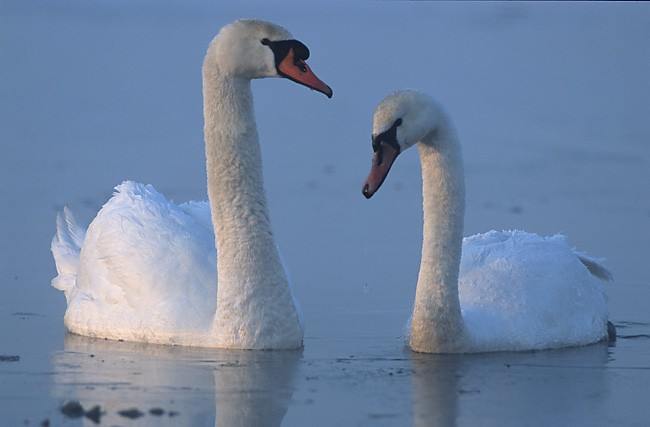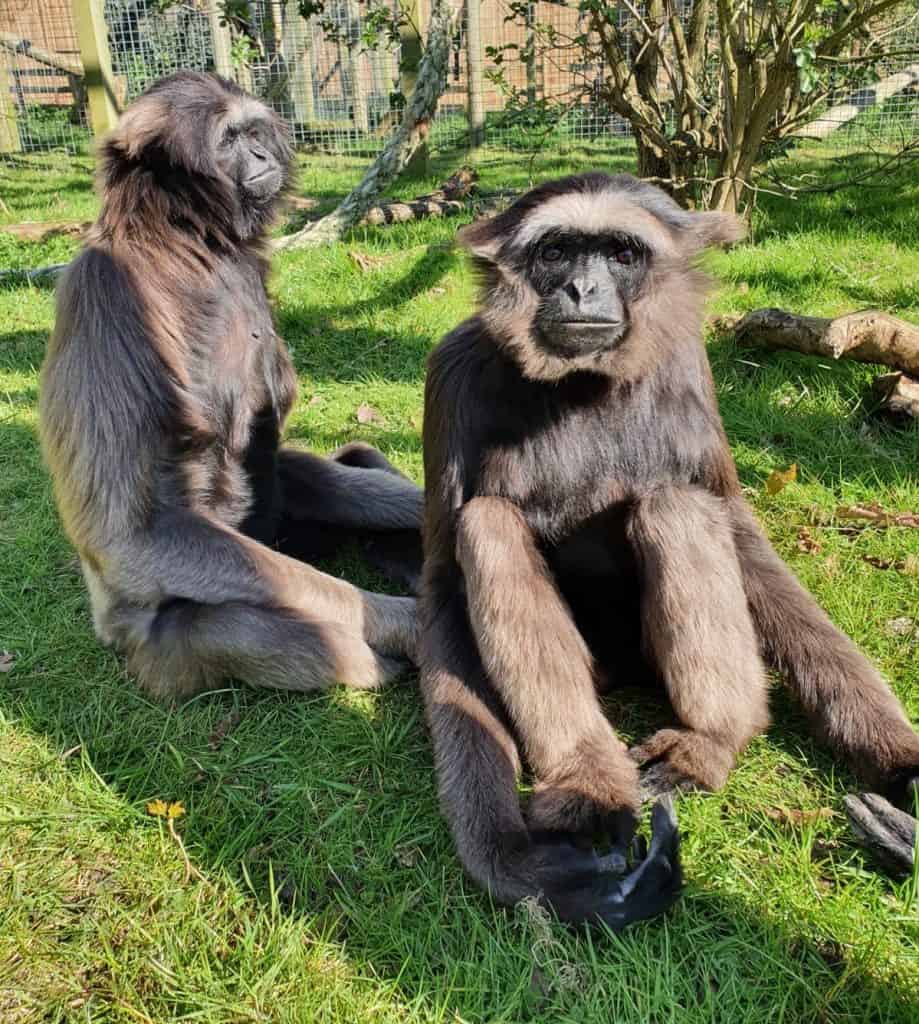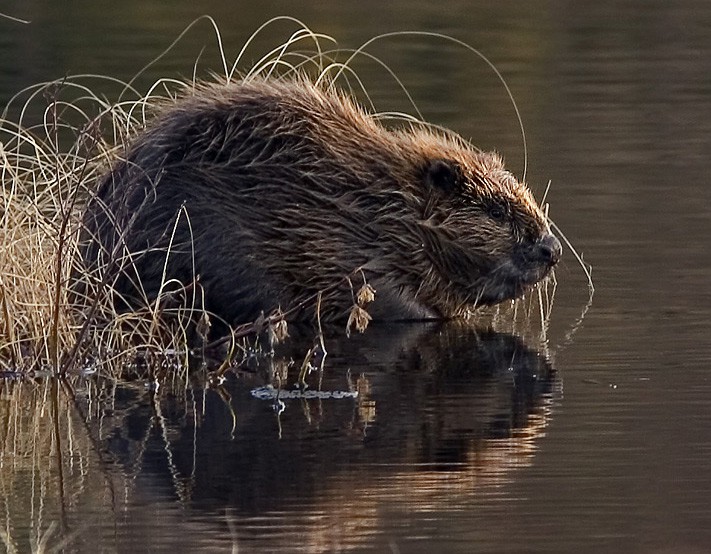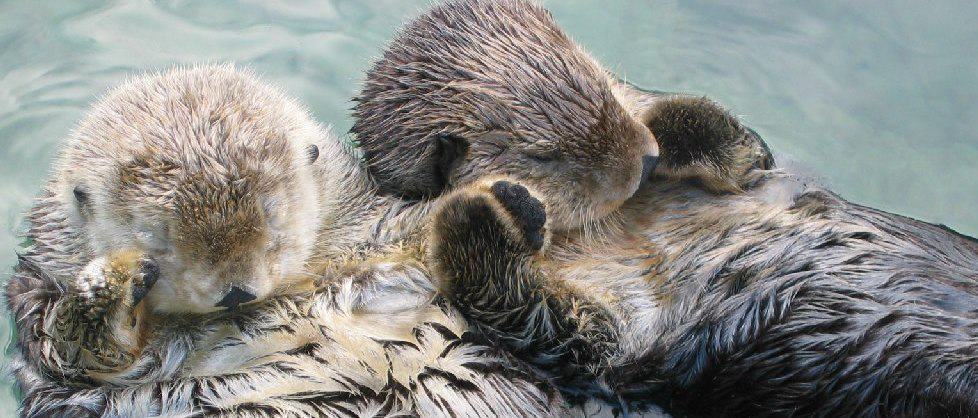Roses? Chocolates? Mini break? Whatever floats your boat for the most romantic day of the year. I hope February 14th brings you love and happy thoughts from your nearest and dearest.
However, if you are one of the cynical types that don’t partake in the “commercial nonsense” of St Valentine’s Day, hopefully you’ll still enjoy reading this weeks blog about the different species of animals that mate for life. Or in some cases, we discover love is not always as rosy as it seems…
Although, a trait a lot of us will look for in finding our forever, monogamy – the act of pairing with just one partner for life- is very rare in the animal world. Of roughly 5000 species of mammals only 3-5% are known to actually commit to a lifelong bond. However, as we are about to discover, even these have their dirty secrets.
Staying faithful can be a struggle for most animals. For one, males are hardwired to spread their genes and females try to seek the best dad for their young. Also, monogamy is costly because it requires an individual to place their entire reproductive investment on the fitness of their mate. Putting all their eggs in one basket means there’s a lot of pressure on each animal to pick the perfect mate. Which, as humans know, can be tricky!
Scientists have now separated monogamy into three different types:
- Sexual monogamy is the practice of having sex with only one mate at a time.
- Social monogamy is when animals form pairs to mate and raise offspring but still have flings—or “extra-pair copulations” in science lingo—on the side.
- Genetic monogamy is used when DNA tests can confirm that a female’s offspring were sired by only one father.
For us humans, sexual and social monogamy usually go hand in hand. However, this isn’t always the case with other animals. For example, an estimated 90 percent of all birds are socially monogamous, living and raising young together, but many frequently have sex with other partners.
Swans

The light caress of bill on bill, the arching of necks and the bowing of heads to form the wonderful heart shape every photographer longs to capture. Surely this is the epitome of nature’s true love…
Let’s face it, everyone knows that the majestic long necked white birds’ pair for life but did you know that they can actually also, divorce? So, when swans do form a successful pairing, their focus is the rearing of the young, cygnets.
There is a long time between the start of nesting season and the eventual leaving of the resulting offspring. There’s a lot to be done; nest-building, incubation, brooding, protecting the young and leading them to food, etc. All of which are more likely to be successful with two of them.
However, while most, not every, swan will form a strong pairing for a great number of years- during which time the females become bolder as they have their burly man to protect them, and the males become more dishevelled as they fight her battles- the couple can go their own separate ways if they fail to breed successfully. When the eggs do not hatch, the nest is damaged by flooding or the cygnets get lost, there is greater chance the female will leave and pursue a new partner.
Ok, maybe this wasn’t quite the romantic story I set out to portray, lets have a look at someone else….
California mice

These rodents from the Gold Coast form lifelong pairings. However, as is often the case in human relationships, it isn’t all smooth sailing. Studies have found that it isn’t just us that suffer jealousy and marital fights.
110 pairings of California mice were separated and either put in solitary confinement, left with their partner or most scandalous, placed with another who wasn’t their desired partner. Anyone else hearing echoes of TV’s Love Island?? However, unlike the bikini clad human islanders, an overwhelming majority of the mice stayed faithful.
For the mice that hadn’t been separated or that spent time alone, life went on as normal with sounds of happy howls and kissy chirps. Nevertheless, for the mice given the temptation of another, there were some tense conversations upon being reunited with their boo.
About half of the couples engaged in ‘angry barks’ after separation, regardless of whether the partner had cheated or not. Although, this ‘arguing’ stopped after around a week. What’s more, those who returned to friendly relations more quickly were found to be more likely to raise healthy offspring. Good for you little mice!
Gibbons

Ok let’s get back on track with the lovey dovey soppiness!
Gibbons seem to be the perfect example of monogamy in non-human primates. When young gibbons leave their parents as sub-adults, they will soon pair up with another teenager of the opposite sex and claim their own territory. It is very rare to find a lone gibbon. This pair will grow together in every way, and they will defend their territory by chasing away members of their own sex. Most famously, pairs of gibbons will sing to each other to cement this love (think of you and your partner belting out some Elton John and Kiki Dee on the karaoke machine every morning). So, have we finally found the truest love in nature? Don’t be daft.
The unexpected twist in this love story is that gibbons are much more opportunistic than we realised and do NOT stick with the same mate their entire life. A six-year study of siamang gibbons in the wild showed that they will often leave their partner if an opportunity arises nearby, i.e., a male might abandon his partner if the male of another nearby pair dies or disappears. In turn, another male might move in with the lady when the first male leaves. The discovery that gibbons “cheat” and “divorce” leads us to a very important realization; there is a difference between social monogamy and reproductive monogamy, the presence of one not necessarily indicating the other.
This highlights the fact that reproductive monogamy is much rarer than previously thought. Mating seems to be a much more opportunistic affair than one dictated by social bonds. Indeed, there may very well be advantages to being socially monogamous that are distinct from reproductive monogamy. The pair bonding of gibbons perhaps having much more to do with defending a territory (and hence resources) than whatever sense of long-term affection was credited to them previously.
Maybe still not quite the romantic notions I’ve been searching for….
Beavers

Maybe not… Firstly forget the North American beavers, those bed hopping, tail slapping rodents. Let’s focus our attention to the Eurasian beaver who will surely give us the happy ending we have been searching for.
Beavers live in colonies that a monogamous male and female create (hooray!). The offspring the couple produce adds to the settlement. A settlement typically consists of a monogamous couple, young babies, and older kits born the previous year. The young kits are ready to leave the colony at two years old. After which, they will start to look for their own monogamous mate.
When partnered up however, it does seem to be only a marriage of convenience. This is because the workload a beaver must endure is lessened by sharing with another. One of their primary sources of food is tree bark, its lack of nutritional value means that beavers need to eat a lot of bark to keep themselves going. So, by pairing up, couples can split their workload and ensure everything gets done. Tasks divided between pairs include maintaining their dams and lodges, guarding their territory and sharing the parenting duties.
However, once in a while if half of the couple dies, the other will seek a new mate with no regard for if they are already happily married.
Sea Otters

Surely this is it. Sea otters are considered one of the most romantic mammals because they are often seen holding hands (cuuute). They hold hands, so they don’t drift apart or lose each other. It can also be interpreted as a strong social bond. Aside from being exceptionally social creatures, sea otters’ partner with one another for life. The monogamous couple forms a family group consisting of them and their offspring.
They do everything together, including traveling, playing, and hunting. While many species of monogamous mammals live together, sea otters have separate male and female territories.
Otters mate every year; the male approaches the female and shows interest. The female will then consent by playing and rolling around with her partner. The male might even bite his lover’s nose to confirm his courtship interests.
So maybe we should leave it here. We seem to have found our Romeo and Juliet, our David and Victoria Beckham of the animal kingdom and by the evidence above, does it seem that the key to having a long and successful monogamous bond, is by living separately?? Whatever works for you! ????
Happy Valentine’s Day everyone <3


